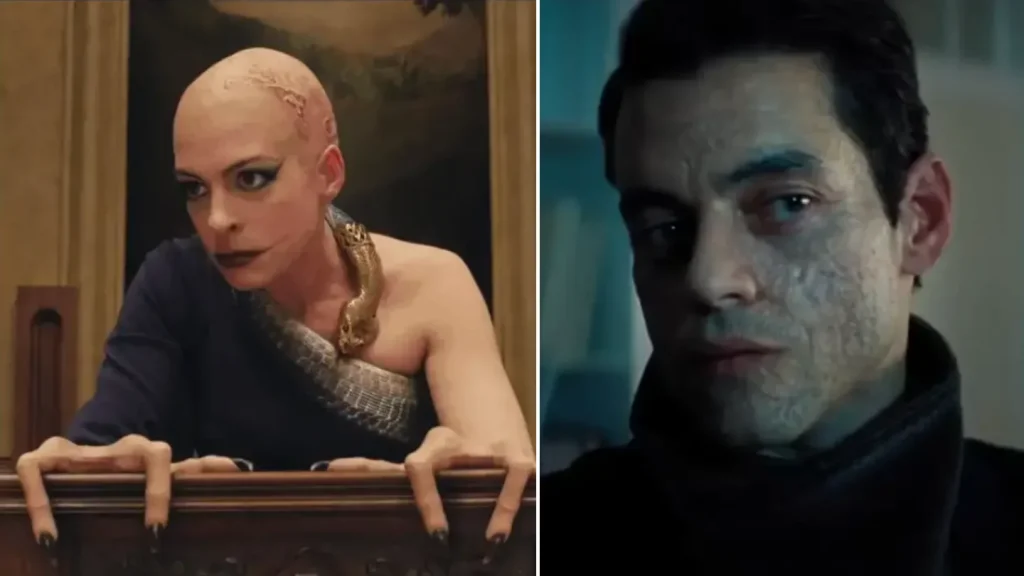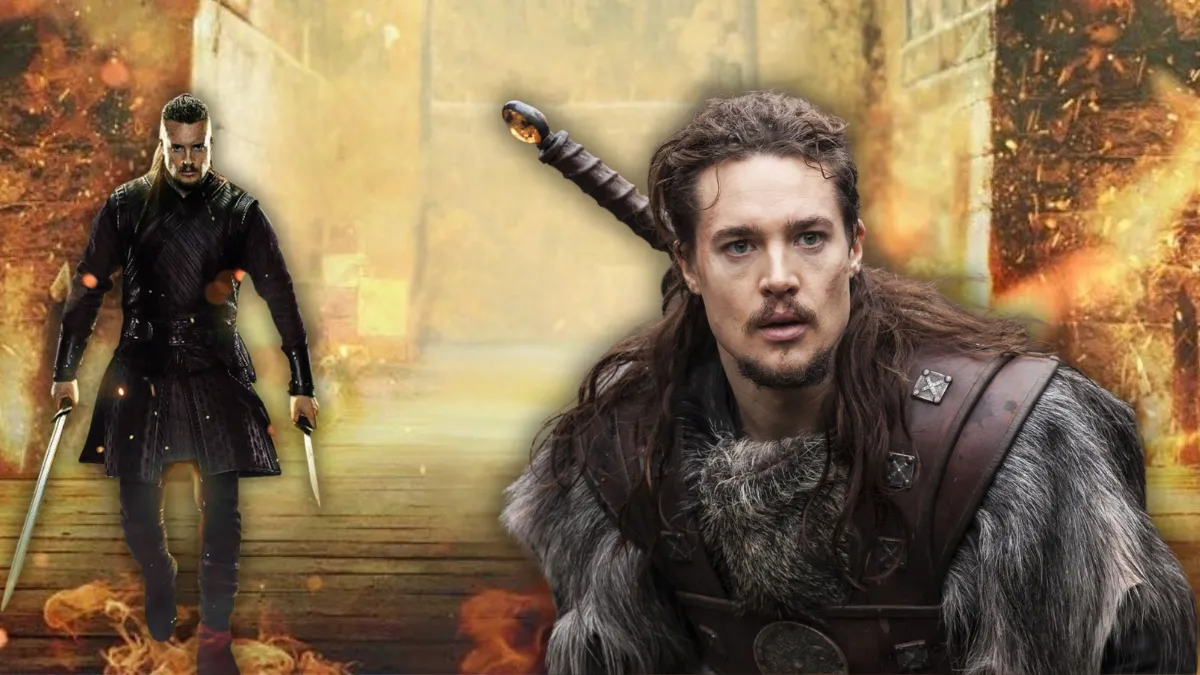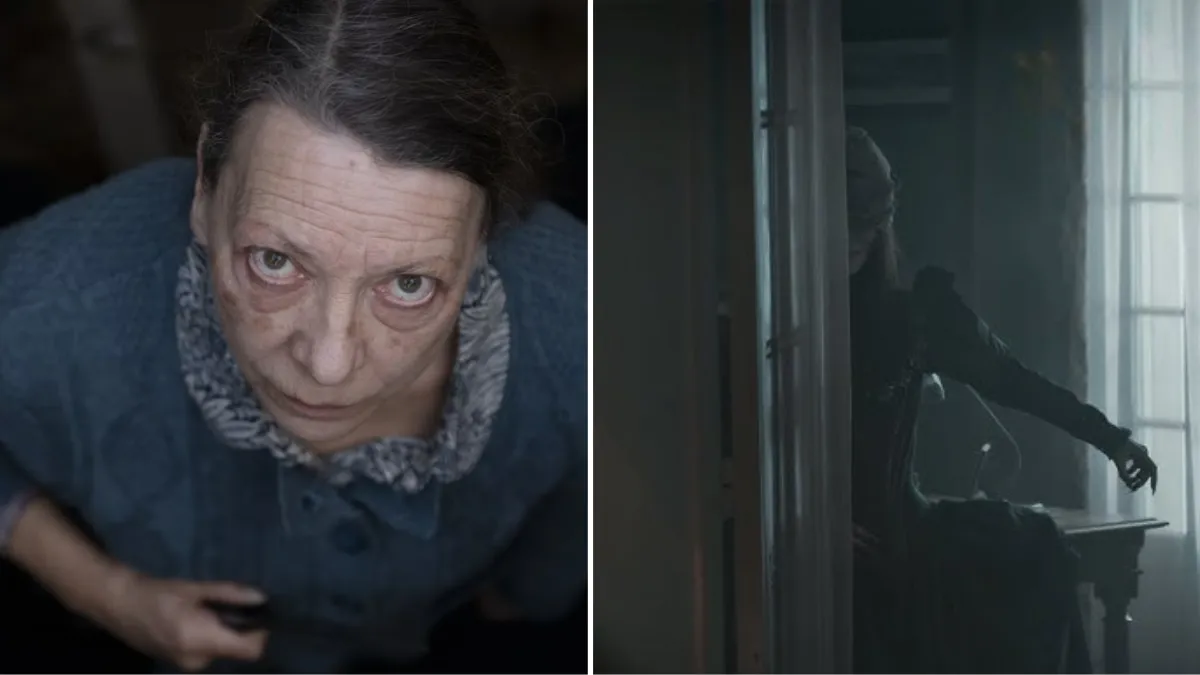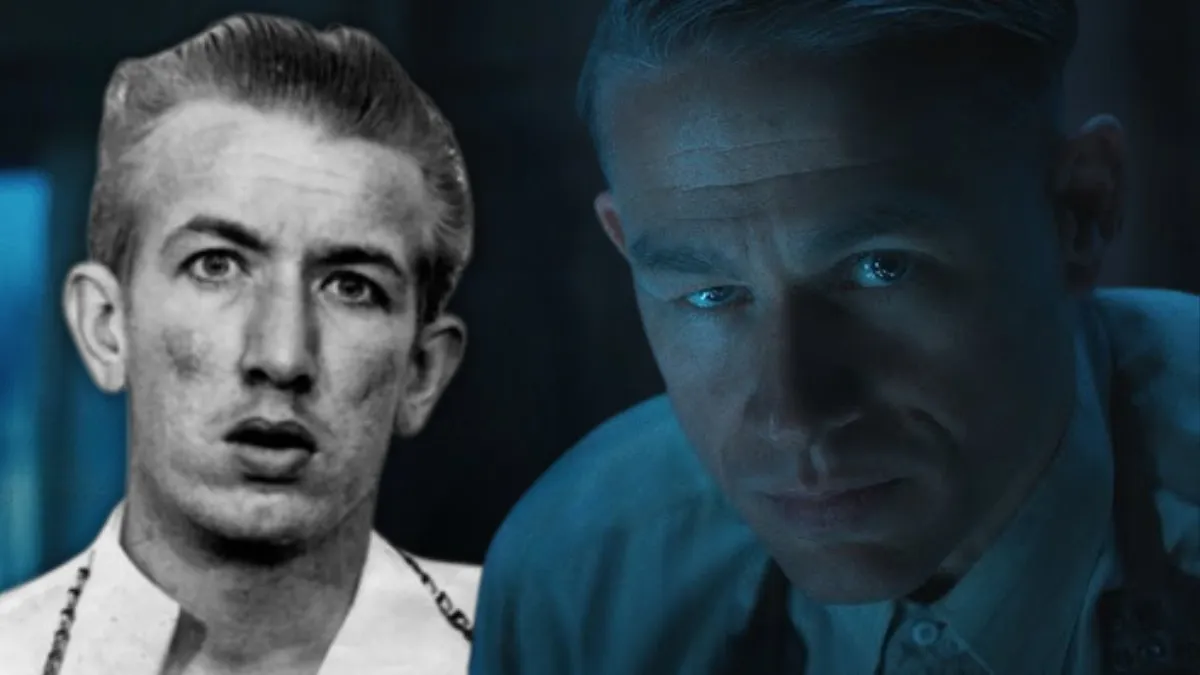In the cinematic world, scars often designate the villain, prompting calls from disability advocates for a change in character portrayal.
The recent release of “No Time To Die” has reignited this debate, spotlighting a recurring theme across the Bond series and broader Hollywood that aligns facial scars with villainy.
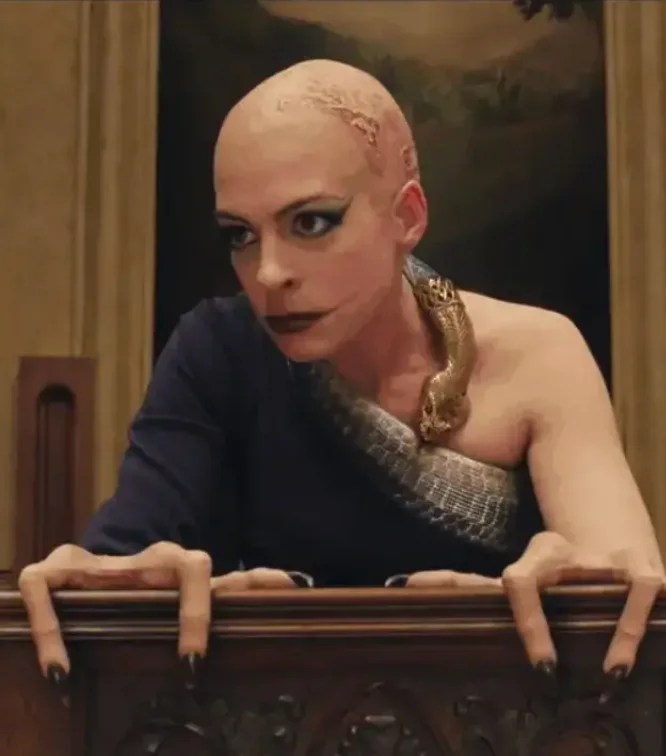
Groups like Changing Faces and advocates such as Phyllida Swift from Face Equality International are spearheading these criticisms.
They argue that depicting disfigurements as symbolic of evil perpetuates societal biases, leading to discrimination against those with visible differences.
Research by Changing Faces highlights a stark disparity in representation: about 40% of people with visible differences see themselves as villains on screen, but only 20% as heroes, and even fewer as romantic leads.
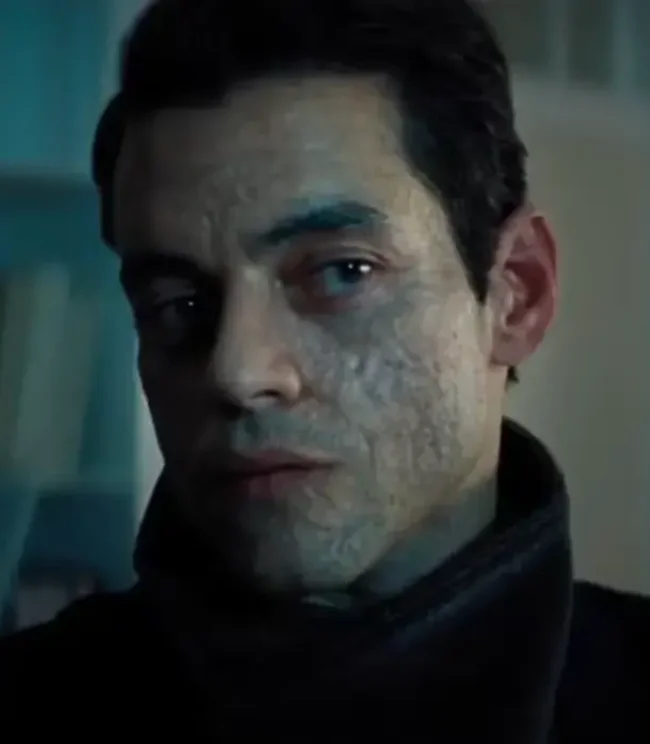
This not only skews public perception but also impacts the self-esteem and body image of individuals with visible differences.
The movement for change has garnered institutional backing, notably from the British Film Institute, which has pledged to cease funding films that employ scars or facial differences as shorthand for villainy.
Advocates stress the need for more nuanced character development that doesn’t rely on physical scars to signify moral alignment.
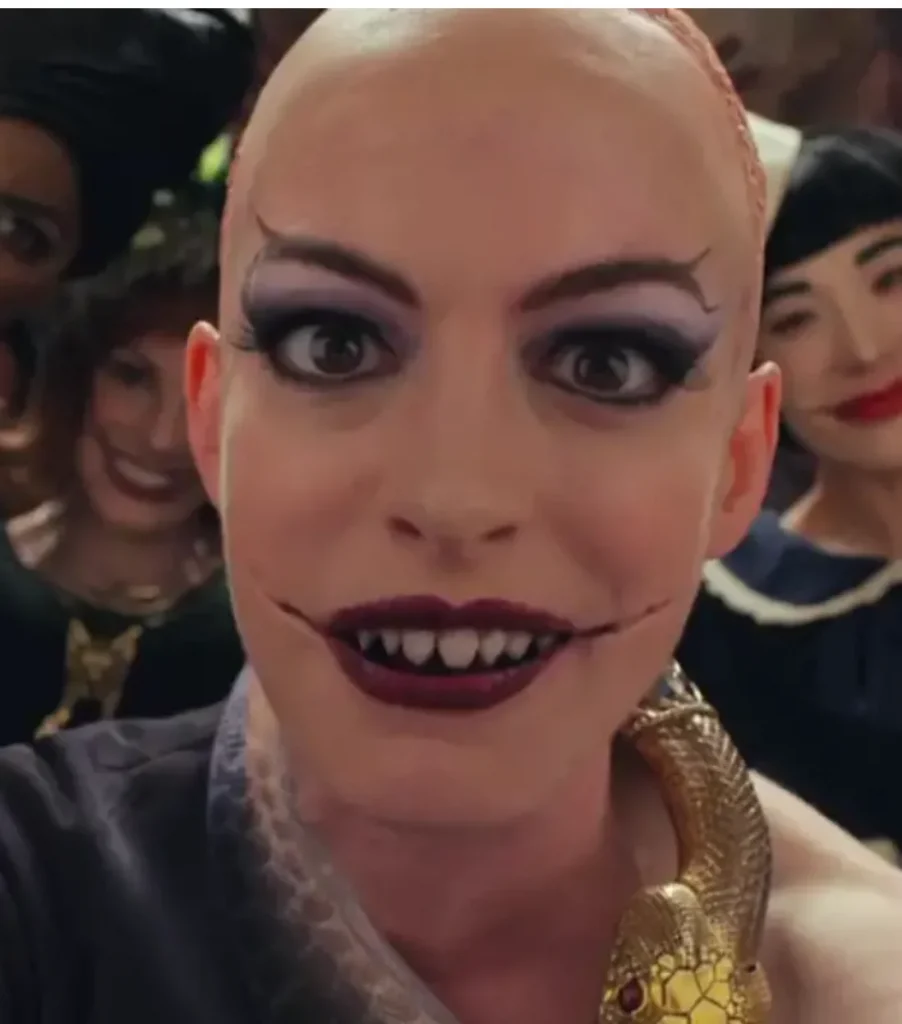
This push is part of a broader initiative aimed at making the film industry more inclusive, challenging long-standing stereotypes and promoting a richer representation of human diversity.
By advocating for characters with visible differences to be depicted more positively, these groups hope to influence filmmakers to look beyond physical appearance in defining their characters’ ethical and moral dimensions.
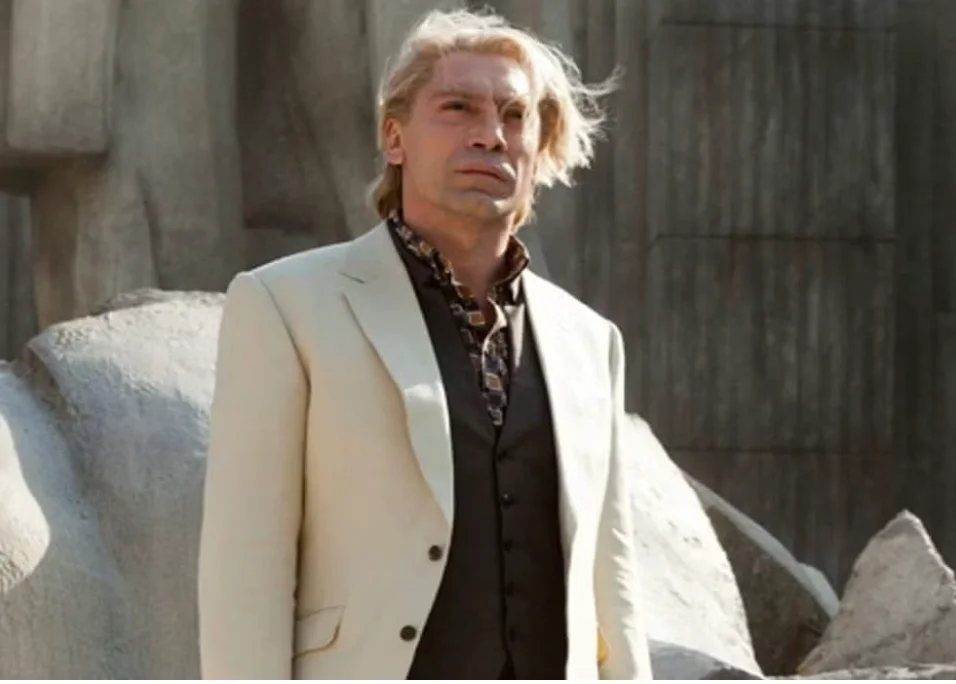
Ultimately, these advocacy efforts seek to transform how characters with visible differences are perceived, encouraging the industry to foster a more inclusive and representative cinematic world.
This change is highlighted by recent films and industry commitments, reflecting a growing recognition of the need to portray more balanced character representations that extend beyond physical characteristics.
Feature Image Credit: (MGM Studios & Warner Bros Studios)

